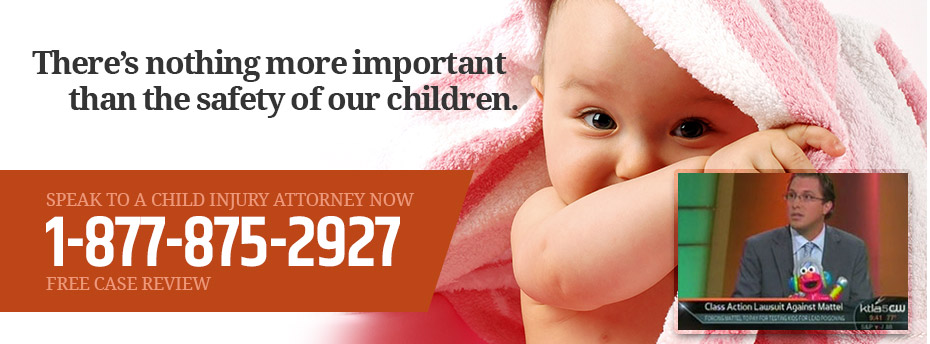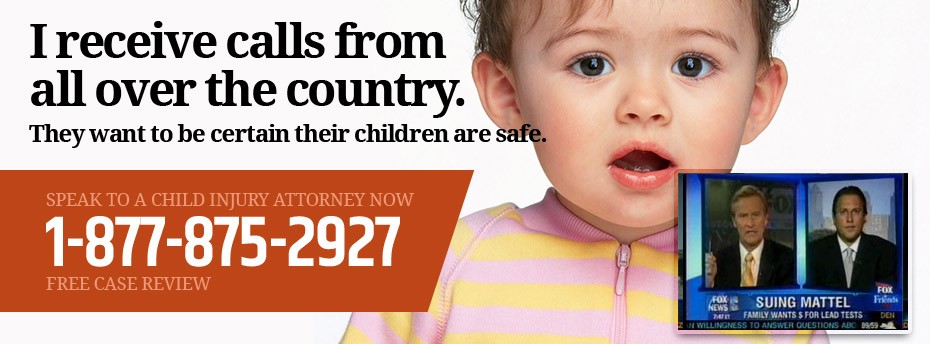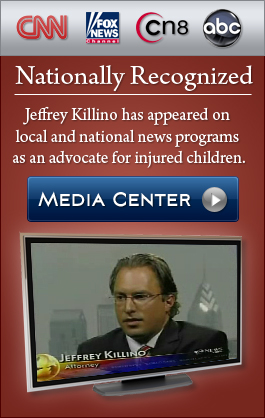How many times have you heard someone ask, “Why aren’t seat belts required on school buses?” Parents and organizations that advocate for children’s safety and health have been crying out for the installation of seat belts on all school buses for several decades, yet their pleas have gone largely unheeded. Our children deserve and have the right to the protection provided by seat belts when they are being transported to and from school and school sports activities.
The Inadequacy of Federal and State Law
The National Highway Traffic Safety Administration (NHTSA) promulgates Federal Motor Vehicle Safety Standards (FMVSS) for the design and manufacture of all motor vehicles, including school buses. NHTSA establishes FMVSS for school buses with the purpose of reducing the number and severity of injuries received by children in school bus accidents and works with states to establish programs for school bus safety and school bus passenger protection. Yet, despite these stated purposes and intentions, as of the start of the 2014 school year, NHTSA has still failed to require seat belts on all school buses.
 While there are FMVSS for school bus rollover-protection body structure; emergency exits; traffic controls, flashing lights, and stop arms; and school bus body joint strength between body panels and supporting structures, there is no FMVSS requiring seat belts on school buses other than those with a gross vehicle weight rating (GVWR) of 10,000 pounds or less. In buses with a GVWR of 10,000 pounds or less, NHTSA currently requires a three-point lap-shoulder seat belt restraint system.
While there are FMVSS for school bus rollover-protection body structure; emergency exits; traffic controls, flashing lights, and stop arms; and school bus body joint strength between body panels and supporting structures, there is no FMVSS requiring seat belts on school buses other than those with a gross vehicle weight rating (GVWR) of 10,000 pounds or less. In buses with a GVWR of 10,000 pounds or less, NHTSA currently requires a three-point lap-shoulder seat belt restraint system.
For larger school buses—which comprise more than 80 percent of the school buses used in the country—NHTSA has merely provided for the voluntary installation of seat belts by state or local jurisdictions. Though California, Florida, New Jersey, Louisiana, New York, and Texas (and some local jurisdictions) have seen the light and require the installation of seat belts on school buses of every size, most have not, and Louisiana and Texas have been unable to fully implement the requirement due to lack of funding. In addition, the drivers of school buses that are equipped with seat belts are generally not given the responsibility to require the use of seat belts by the children who are transported on these buses, though California, Florida, New Jersey, and Texas require students to use the restraints.
The current federal standards are inadequate to protect our children’s safety. Despite the urging of politicians and their constituents around the country and the American Academy of Pediatrics’ (AAP) recommendation that “every new bus be equipped with lap/shoulder seat belt restraints that also can accommodate car seats, booster seats, and harness systems,” legislators have neglected to enact seat belt regulations to protect our children from harm. Why has NHTSA failed to advocate for seat belts on larger school buses? The reason may be due, in part, to an early study performed by NHTSA that failed to consider more than one set of circumstances and type of school bus accident.
According to the NHTSA study, the “compartmentalization” of school bus passengers is sufficient, without seat belts, to confine children in crashes. The so-called “compartmentalization” constituted the protection provided by the seats directly in front of passengers. The seat backs were high, located close to the passengers sitting behind them, and made of flexible, energy-absorbing material, thereby purportedly creating a protective compartment in the event of a crash. The study was flawed, however, by its failure to consider the frequency with which unrestrained children leave or sit improperly in their school bus seats and the fact that the type of school bus accident studied was limited to low-speed frontal impact crashes. Indeed, NHTSA itself has acknowledged that an earlier school bus crashworthiness study indicated that compartmentalization was insufficient to protect children in rollover and lateral impact school bus crashes. In addition, another NHTSA crash test reportedly revealed that school bus passengers were better protected from head injuries by combination lap and shoulder belts than by compartmentalization and lap belts, only.
Fight for School Bus Seat Belts in Every Bus across the Country
More than 23 million U.S. children are transported by school buses every year. According to some statistics, an average 17,000 children receive injuries each year in school-bus-related accidents serious enough to require emergency room treatment. While approximately 42 percent of these injuries are injuries received in crashes, the remaining 58 percent are reported to be caused by non-crash injuries. The lack of seat belts in school buses can not only contribute to injuries sustained by children in school bus crashes but also to injuries sustained in non-crash incidents.
A school bus driver may need to bring a school bus to a sudden stop, for example, to avoid a crash with a pedestrian or other vehicle. Children who are unrestrained by seat belts or who are moving around inside a school bus are far more likely to suffer injury when a bus is brought to a sudden stop. Keeping children seated and restrained will also reduce the incidence of bullying and other disruptive behavior that can easily lead to school bus injuries unrelated to vehicle crashes. According to some statistics, more than half of school bus drivers have reported that bullying and similar disruptive behavior is a major problem on school buses.
Driver distraction is among the problems experienced by drivers as a result of such behavior. Seat belts and the enforcement of rules requiring children to remain seated while on school buses would greatly reduce the distraction endured by school bus drivers and the likelihood of crashes caused by driver distraction.
The Absence of Seat Belts on School Buses is a Major Safety Concern
Child injury attorney Jeff Killino is known nationwide for his tireless advocacy of children’s rights and the successful holding of those responsible for children’s injuries and deaths accountable through legal action. If your child has been injured or killed as a result of someone’s negligence or a defective product, he will fight for every bit of the compensation to which you and your family are entitled.





